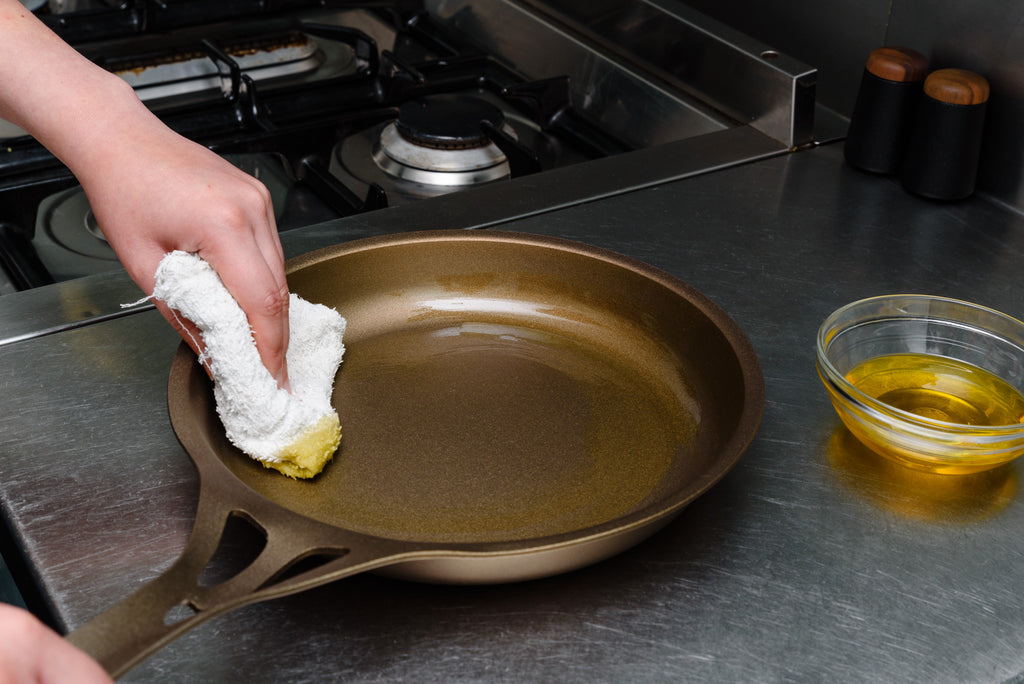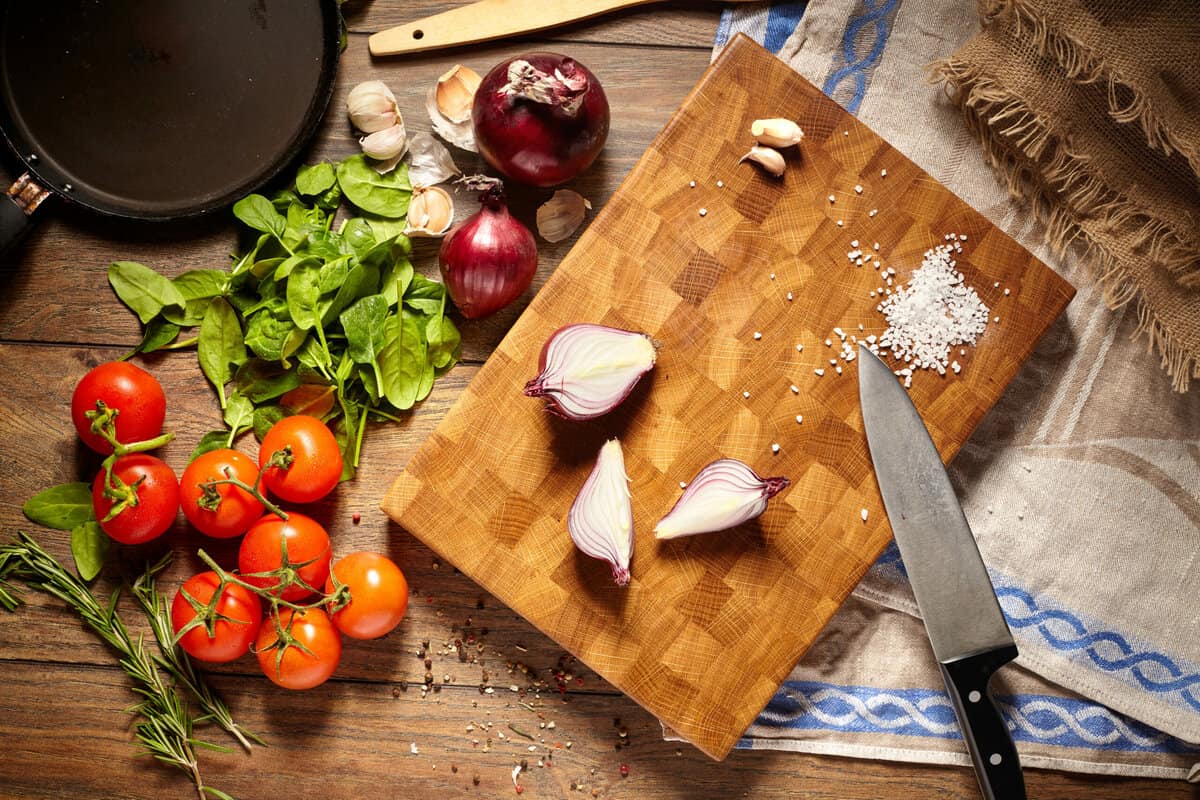When it comes to cast iron cookware, one of the most essential tasks for any kitchen professional is knowing how long to bake cast iron when seasoning. Proper seasoning not only makes the pan non-stick but also ensures its longevity and usability. Whether you're a seasoned chef or starting your culinary journey, this guide provides an in-depth look at the seasoning process, recommended time, and common pitfalls to avoid.
Before delving into the specifics of timing, it's crucial to understand what seasoning is. Seasoning is the process of applying oil to the surface of the cast iron and baking it to create a protective layer. This layer prevents rust, enhances the non-stick qualities of the pan, and adds flavor to your dishes. But the question remains, just how long should you bake your cast iron skillet when seasoning?

Factors that Influence Seasoning Time
The duration for which you should bake cast iron during the seasoning process can vary based on several factors:
1. Type of Oil Used
The choice of oil matters. Some oils can withstand higher temperatures better than others. Oils such as flaxseed oil and grapeseed oil are ideal due to their high smoke points. In contrast, olive oil has a lower smoke point and may not provide the same results. Using the right oil can affect your seasoning time.
2. Thickness of Oil Layer
A common mistake is applying too much oil. A thin, even layer ensures proper baking. If the oil is too thick, it may take longer to set and can lead to a sticky or uneven surface. Ideally, you should aim for a lighter coat, leading to a more successful seasoning process.
3. Temperature
Setting the correct temperature is vital. Generally, the best temperature for seasoning cast iron ranges between 400F to 500F. Ensure your oven is preheated to the desired temperature before placing your cast iron inside.
Ideal Baking Time for Seasoning Cast Iron
So, how long to bake cast iron when seasoning? The answer typically involves a range of 1 to 2 hours. If you're seasoning a new skillet, aim for approximately 1 hour. For well-used pans requiring a refresh, you may want to extend that time to 2 hours.
The Step-by-Step Seasoning Process
Now that you have an understanding of the factors affecting seasoning time, heres a detailed guide to seasoning your cast iron:
- Clean the skillet thoroughly with warm, soapy water. Scrub off any rust or food particles.
- Dry the skillet completely using a clean towel or by placing it on low heat on the stovetop.
- Apply oil evenly. Use a lint-free cloth or paper towel to spread a thin layer of oil all over the skillet, both inside and out.
- Set your oven to the desired temperature. As discussed earlier, typically between 400F and 500F.
- Place the skillet upside down in the oven on a middle rack, placing a baking sheet below to catch any drips.
- Bake for the recommended duration, either 1 to 2 hours.
- After baking, turn off the oven and let the skillet cool inside this will allow the seasoning to set better.
Following these steps ensures a beautifully seasoned cast iron skillet ready for whipping up mouth-watering dishes.
Maintaining Your Seasoned Cast Iron
Seasoning isnt just a one-time process. Regular maintenance will keep your skillet performing at its best. Here are some maintenance tips:
1. Regular Cleaning
Cleaning your cast iron should be straightforward avoid soap unless it is particularly dirty. Instead, use hot water and a stiff brush. For stubborn bits, consider using kosher salt as a scrub.
2. Re-seasoning When Necessary
If food starts to stick or the surface appears dull, its time to re-season. Follow the original steps outlined above to restore its non-stick surface.
3. Store Properly
To prevent moisture build-up, store your cast iron cookware in a dry place. Some chefs prefer to keep a paper towel inside the skillet to absorb any humidity.
Common Mistakes to Avoid
Even the best chefs can make errors while seasoning. Here are common mistakes:
1. Over-oiling
Applying too much oil will lead to a sticky surface. Stick to a thin, even layer for best results.
2. Improper Temperature
Not preheating your oven or setting the temperature too low will diminish the effectiveness of the seasoning process.
3. Washing with Soap Too Often
Avoid using soap when cleaning your pan regularly. This can strip away the seasoning, requiring more frequent re-seasoning.

FAQ
1. How often should I season my cast iron skillet?
It varies based on usage. If you use it frequently, re-seasoning every few months should suffice. For occasional use, once a year is typically sufficient.
2. Can I use any type of oil for seasoning?
It's recommended to use oils with high smoke points, such as flaxseed oil or grapeseed oil, for the best results.
3. What should I do if my seasoned cast iron is rusting?
If rusting occurs, scrub the rust away, clean the skillet, dry it thoroughly, and re-season it following the earlier guide.
For more tips on maintaining cast iron, check out this informative article about cast iron needs and best temperatures.
Learning how long to bake cast iron when seasoning is essential for any chef devoted to quality cookware. Using the outlined methods and knowledge will not only ensure better cooking results but also keep your beloved cast iron in top shape for generations.
As an Amazon Associate, I earn from qualifying purchases.






Leave a comment
This site is protected by hCaptcha and the hCaptcha Privacy Policy and Terms of Service apply.